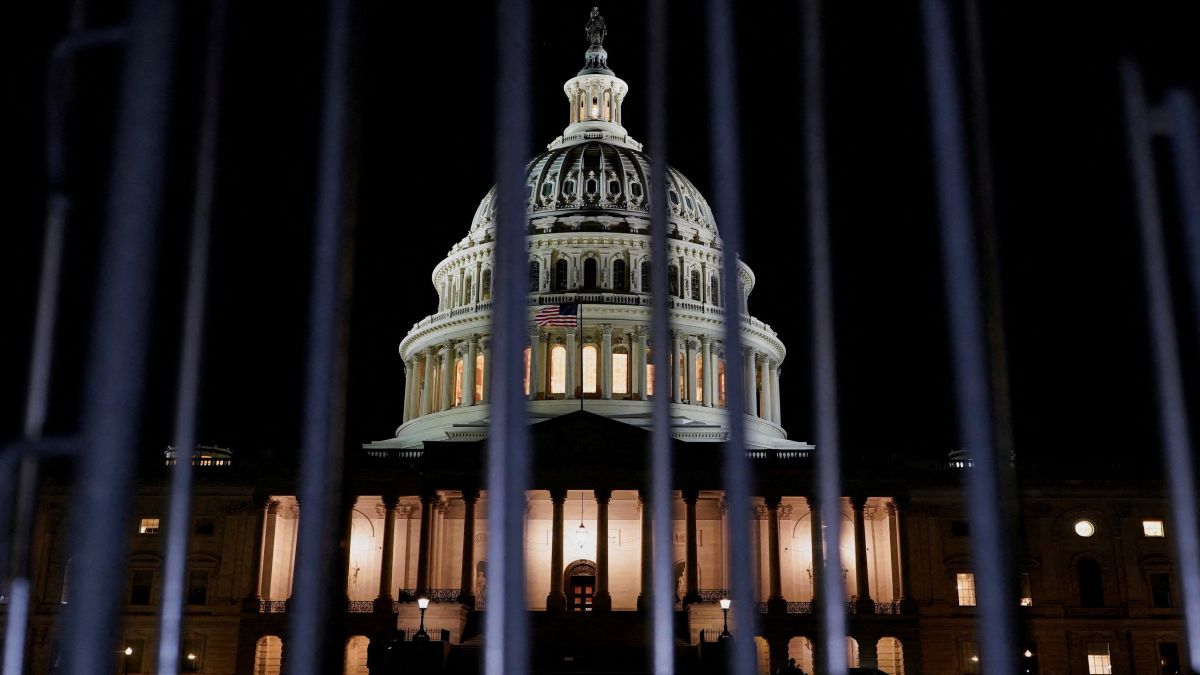As the US government shutdown entered its fourth week, the US Department of Agriculture announced that food assistance used by more than 40 million Americans would not be distributed starting in November. “Bottom line, the well has run dry,” the department said in a notice on its website, which also blamed Democrats in the Senate for the impasse.
The initiative, called the Supplemental Nutrition Assistance Programme (SNAP) , is used by one in every eight Americans and plays an instrumental role in grocery budgets in many households across the country. Earlier this month, the Trump administration declined to use a contingency fund that would have continued the benefits.
The government argued that the money was needed for potential emergencies such as natural disasters. Democrats soon began condemning the Trump administration for refusing to use the contingency fund to prevent the collapse of SNAP.
“This is perhaps the most cruel and unlawful offence the Trump administration has perpetrated yet,” Congresswomen Rosa DeLauro and Angie Craig said in a joint statement on Friday. They also criticised Trump for providing considerable financial assistance to Argentina and building a new White House ballroom amid the shutdown, while a significant section of the country is on the verge of starvation.
Democrats urge the Trump administration to use contingency funds
In a letter sent to the country’s agriculture department on Friday, the Democratic House members maintained that there was still “significant funding available in SNAP’s contingency reserve – which Congress provides precisely for this reason – that can be used to fund the bulk of November benefits”.
According to the Centre on Budget and Policy Priorities (CBPP), a think tank focused on policies that help low-income families, the contingency fund would only cover about 60 per cent of one month’s benefits. In the letter, the Democratic leaders asked the Agriculture Secretary, Brooke Rollins, to release the reserves and then transfer other available money in her department to fully fund the programme for the month.
Impact Shorts
More ShortsMeanwhile, in a memo obtained by multiple American news outlets, Rollins said that the reserve could only be used for “true emergencies”, mostly natural disasters. Earlier, in its published plan for the shutdown, her department had said it would keep a small number of employees from being furloughed to operate the programme.
Rollins noted that Congress had created “multi-year contingency funds” to ensure states could continue to distribute benefits. However, the secretary’s recent statement indicated that the department is not willing to use the funds for the programme.
Why it matters
It is pertinent to note that SNAP works by giving people reloadable debit cards that they can use to buy essential grocery items. A family of four, on average, receives $715 per month, according to CBPP, which breaks down to a little less than $6 per day per person. While the states administer the programmes, much of the funding ultimately comes from the federal government.
In light of the ongoing crisis, several states have pledged to use their own funds to cover any shortfall; however, the federal government has warned that they will not be reimbursed. Some states, including Massachusetts—where one million people are expected to lose benefits—have said they do not have enough money to make up for the lack of funds.
Several states are also working with people in SNAP to help them locate charity food pantries and find alternative sources for meals, and California is deploying its National Guard to help distribute food. It is pertinent to note that the US government shutdown entered its 26th day on Sunday, making it the second-longest shutdown in history.
)